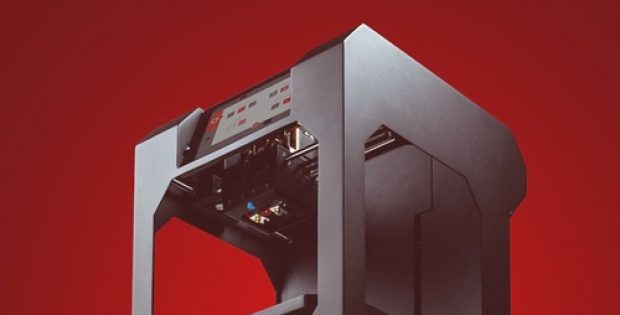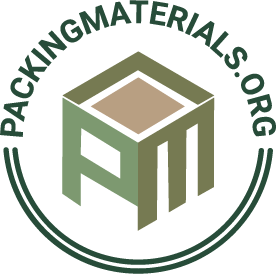Tel Aviv-based precision additive manufacturing technologies developer Nanofabrica, has apparently made it to the front page for launching the Workshop System and the Industrial System – industrial 3D printers of a micron-level resolution.
As per sources familiar with the knowledge of the matter, both these platforms are known to integrate the firm’s patented process, that is essentially is based on Adaptive Optics (AO), a technology that helps improve image distortions in telescopes and other optical devices, and a DLP (Digital Light Processing) engine.

The AO technology for the record, has been designed to manufacture parts with a resolution fixed at micron and sub-micron levels of resolution as well as surface finishes within the sectors along the likes of automotive, optics, medical, aerospace, and semiconductor sectors. Jon Donner, CEO, Nanofabrica, has been quoted to state that there has been an inexorable shift lately toward miniaturization, with numerous applications that have been demanding micron and sub-micron precision of extremely exacting levels on macro and micro parts. Irrefutably, there is huge potential for an AM platform which can effectively service this trend, Donner adds.
The Workshop System and the Industrial System, equipped with a 5 X 5 X 10 cm build envelope, are known to operate using this AO technology and the material selection for digital mass production of precision parts. Indeed, in the field of medicine, this could entail microsyringes, micro implantable or surgical devices, and microvalves.
If credible sources are to be believed, aided by significant experience in the domain of material development, engineers at Nanofabrica have developed a range of proprietary materials, on the basis of the commonly used industry polymers such as ABS and PP, both of which enable ultra-high resolution. Apparently, such materials are known to work in tandem with the firm’s DLP process to manufacture micro-devices.
As a matter of fact, Nanofabrica is also known to have printed ceramic-loaded materials having loadings of close to 80%. Presently, the firm is developing 100% ceramic materials with a resolution of 1-micron.




